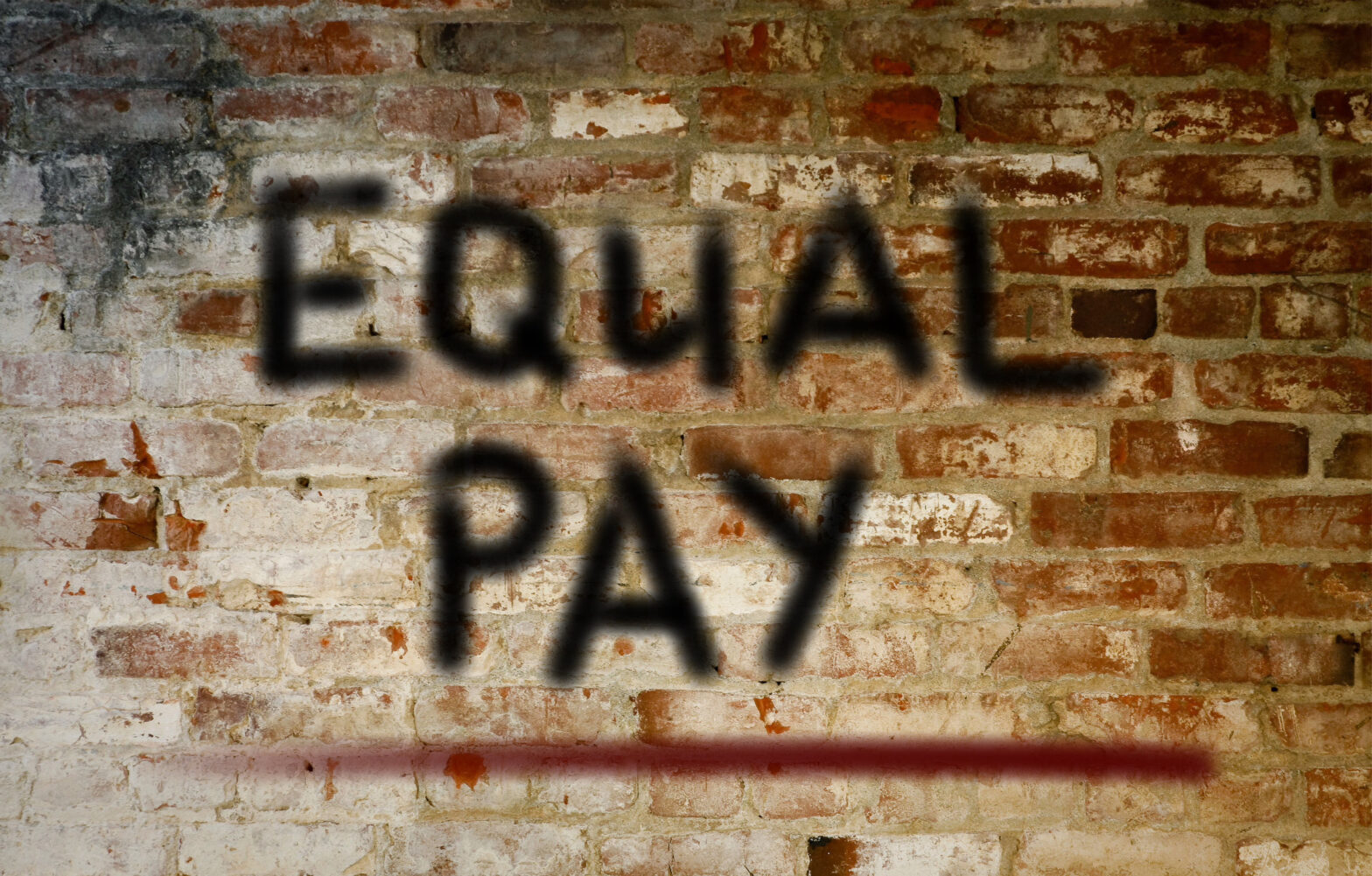Reporting the gender pay gap is likely to be a lot more complex than we all first believed.
The requirements are fairly straight forward – publish six pay averages relating to men and women.
However, to understand the results, the analysis will need to go a lot deeper than the legal requirements and there is a very good chance you’ll need to involve more people within your company prior to reporting the figures.
1. Understand what’s in and what’s out
The final details of the regulations, published at the end of 2016, provided us with greater clarity over what data should, or should not, be included and contribute to the final average.
You’ll need to familiarise yourself with the definitions outlined in the regulations as they have increased the scope of who should be considered an employee. Consultants, self-employed workers and independent contractors should all be included – although previsions exist to omit these employees if ‘It is not reasonably practicable for employers to obtain the data’.
The regulations also say companies can exclude employees if their pay is not at their normal rate. This may affect anyone receiving statutory pay due to maternity, adoption, parental or shared leave or because of sickness.
At the same time, companies need to include additional allowances in the figures, for such things as London weighting or a shift allowance, but then are not required to include overtime. So, we’ll need to be clear on what constitutes shift pay.
2. Deep analysis
Although the average figures produced will offer a high-level picture of what’s happening in your company, it’s likely you’ll want to offer a fuller explanation as to why any significant gender pay gap may exist.
To understand your own figures, you’ll need to go further than the legal stipulations and provide some commentary. In my previous blog (insert link here) I explained that a failure to do so could invite interested parties to simply draw their own conclusions. To prevent any misinterpretation of the findings, I recommend you investigate why any gap may exist.
You’ll therefore need to review what may be impacting gender pay levels. This will include the composition of the workforce, pay and bonus structure, progression paths and career breaks.
3. Taking action
If the results do throw up a surprise or two, you may want to address this before the figures are published. These are not likely to be quick and easy decisions, however.
There will need to be internal discussions at a senior level – and everyone will appreciate as much time as possible to make those decisions. Conducting all the necessary analysis required well in advance will allow time for this.
Once these actions have been decided upon, you’ll also want to ensure the reasoning behind those decisions are properly explained to those taking an interest – this includes political groups, the media, your own employees and potential recruits.
The more time you give others in your company to prepare for the actions they will have to take, the better the outcome is likely to be for all.
Geoff Pearce is gender pay specialist at NGA HR





